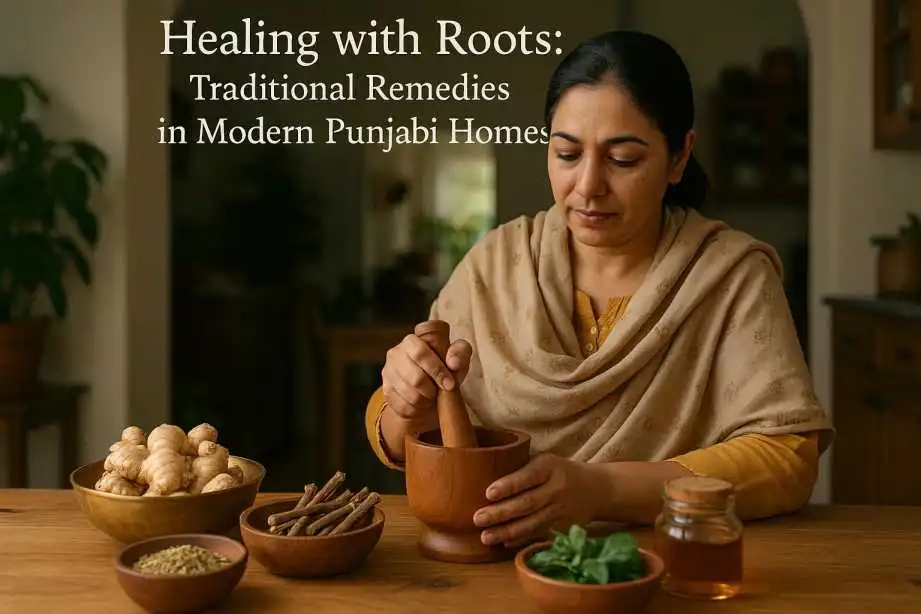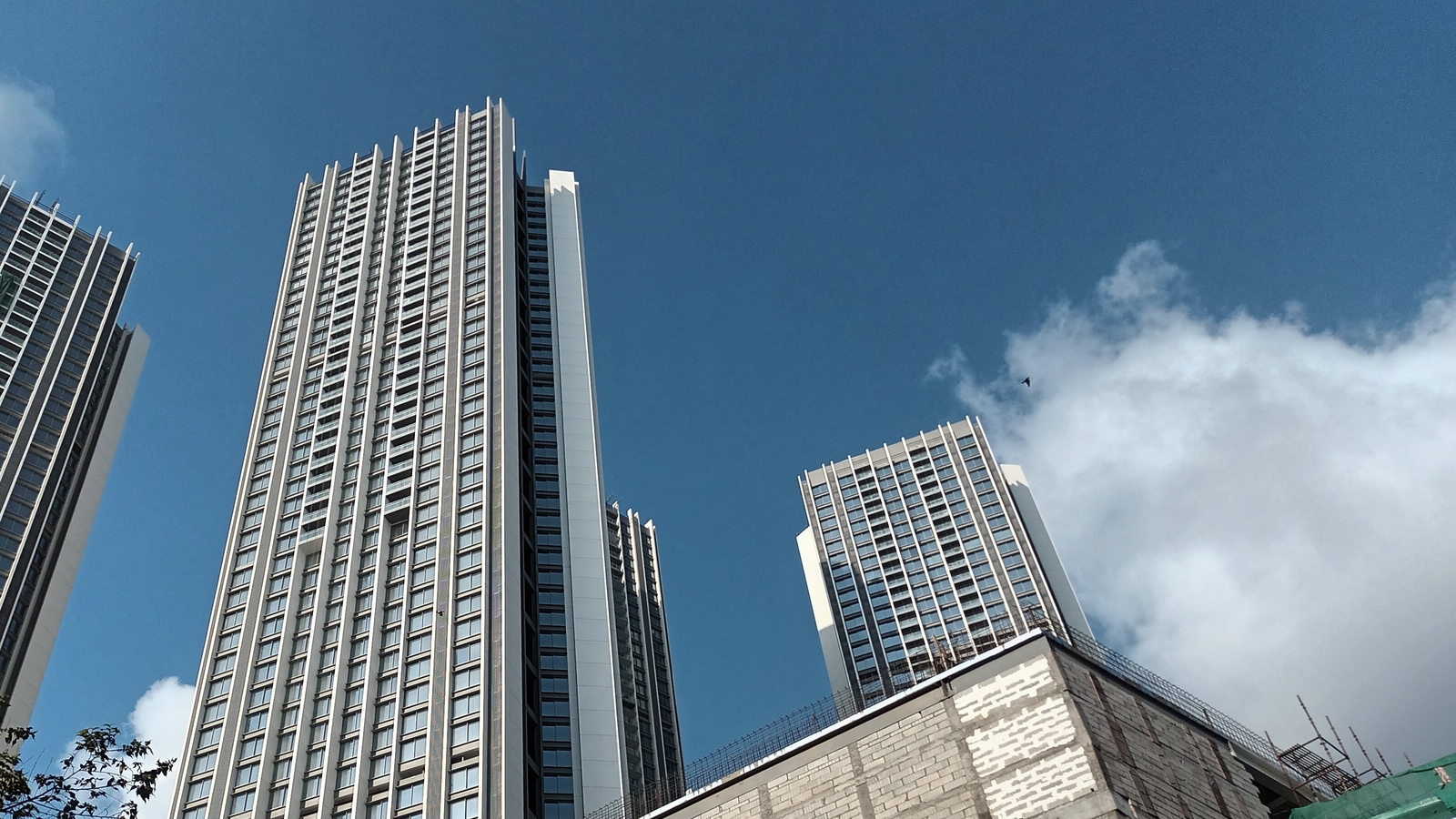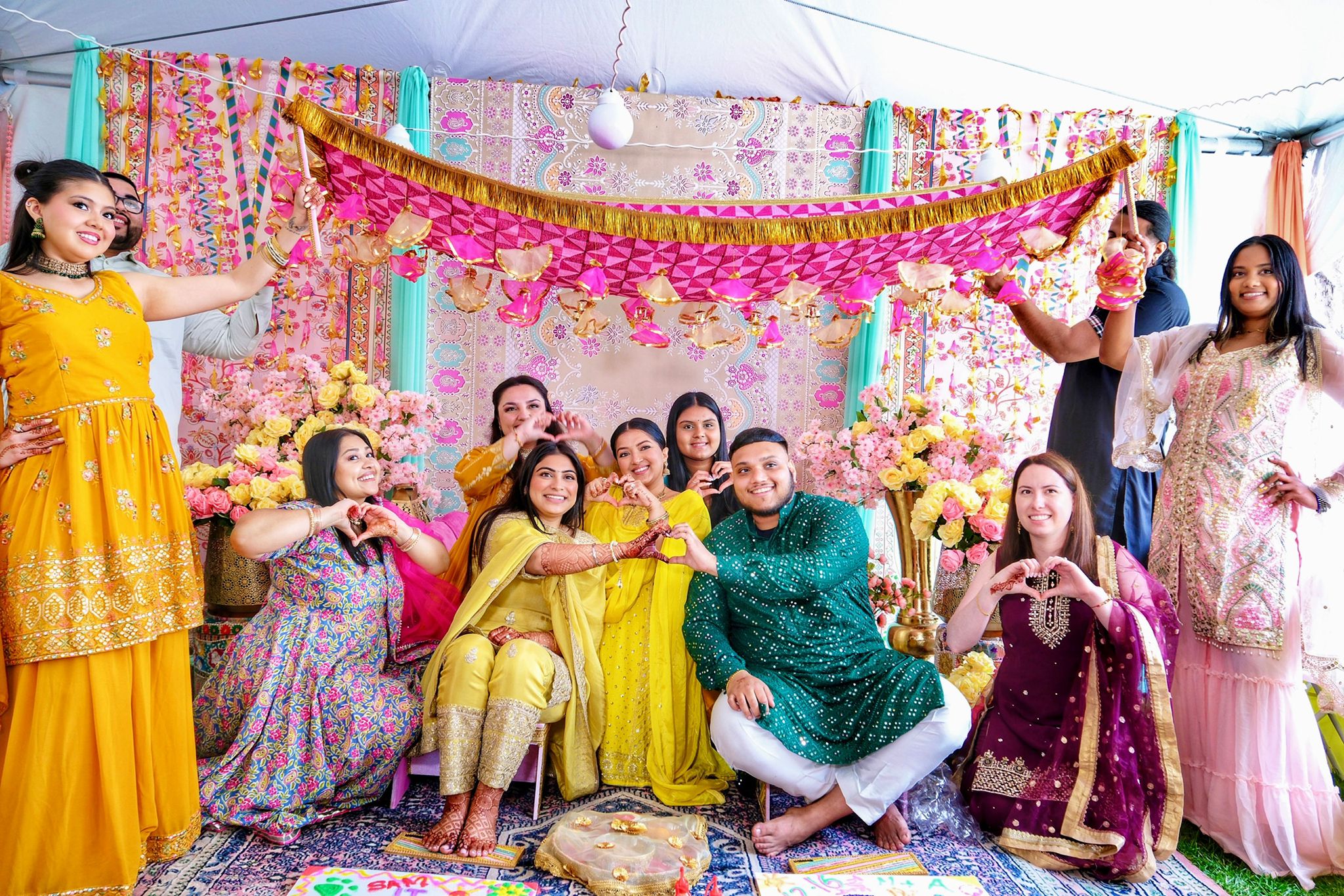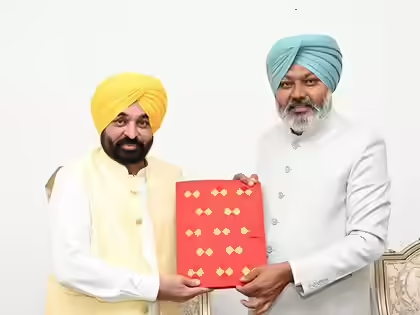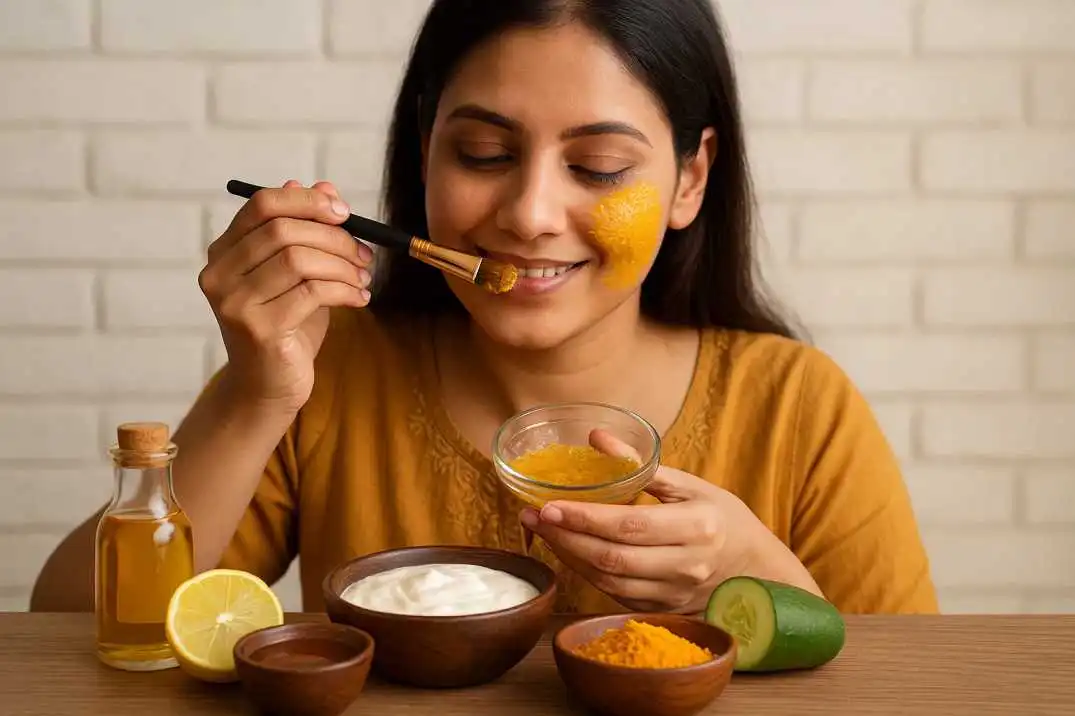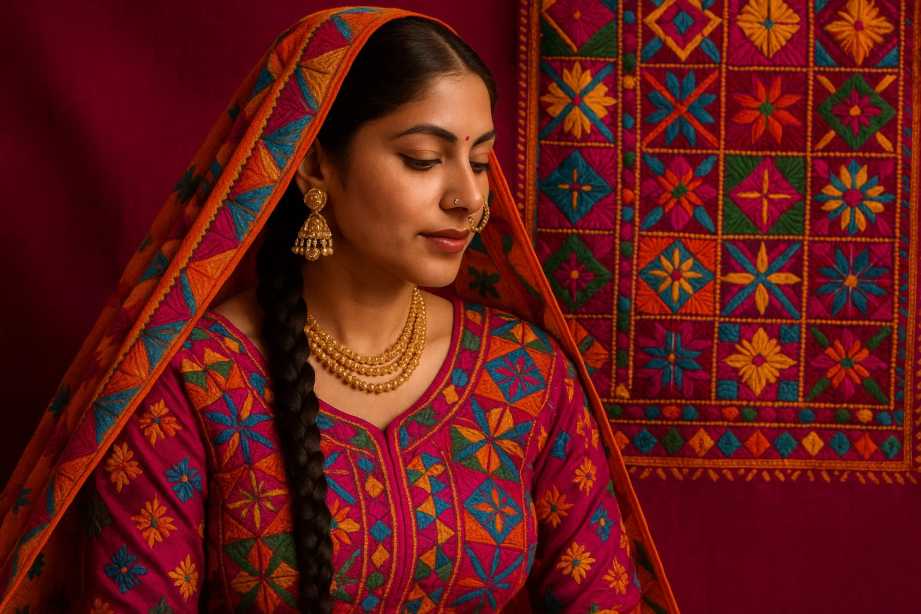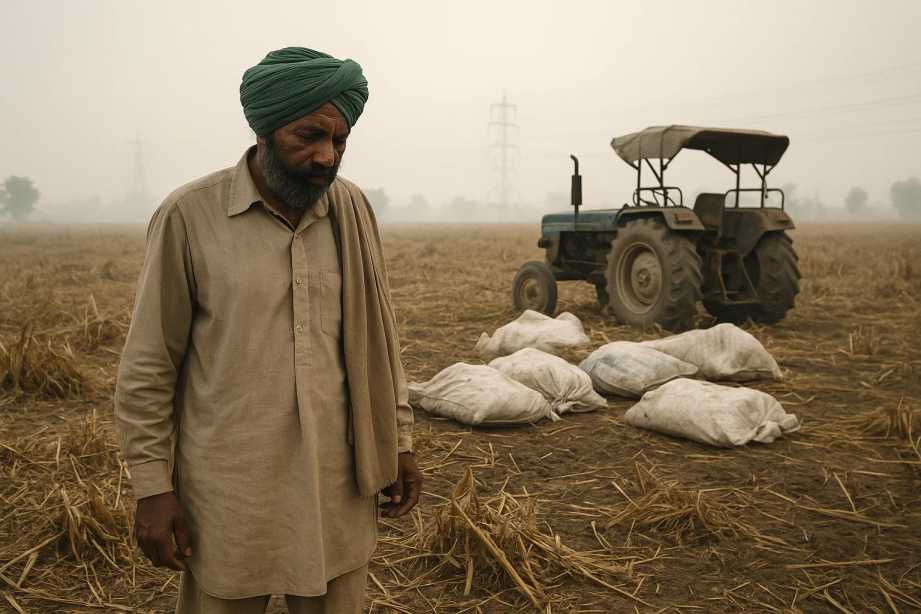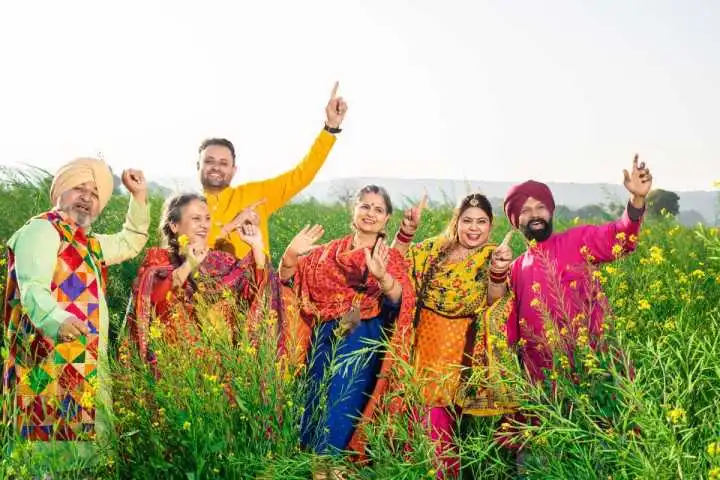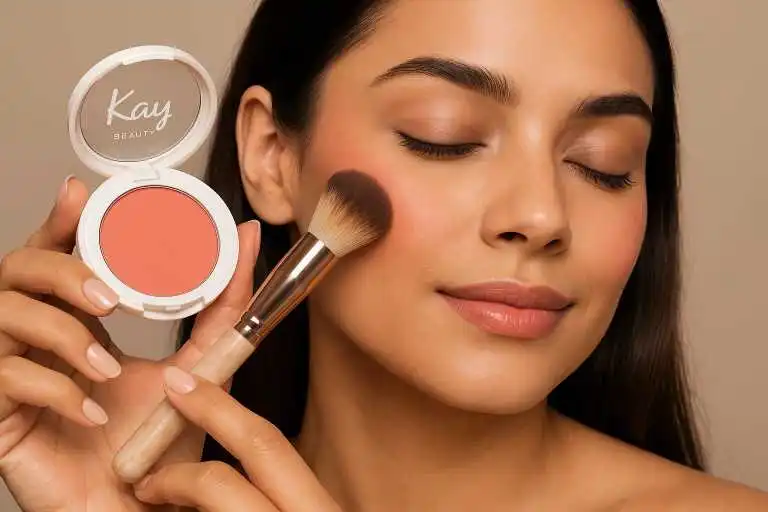In the kitchens of Punjab, healing begins not with pills, but with herbs, spices, and love. When someone catches a cold, they are not always rushed to the doctor. Instead, a hot kada (herbal tea) is made. For a sore throat, a spoon of honey with tulsi is offered.
These home remedies are part of daily life in Punjabi households passed down through generations. Even today, in this age of modern medicine, traditional healing methods are alive and well in Punjab.
Remedies from the Rasoi (Kitchen)

Many Punjabi mothers and grandmothers still believe that healing starts at home. Their kitchens are like tiny pharmacies filled with natural ingredients.
Turmeric is the star. It is used in milk to reduce swelling, heal wounds, or ease cough. Ajwain (carom seeds) is boiled in water to relieve gas or cold. Ginger and tulsi are common in every home remedy.
Every family has its own version of kada a strong tea made of herbs and spices like black pepper, cinnamon, cloves, ginger, and holy basil. It’s given during cough, cold, fever, or even tiredness.
The Grandmother’s Touch
Many traditional cures are not just about herbs. They are about care and comfort. For a baby with colic, a warm belly massage with mustard oil and hing (asafoetida) is done. For ear pain, warm garlic oil is used.
For burns, people apply raw haldi or malai. These are remedies not found in books, but passed from grandmother to mother, and now to daughters. This wisdom lives on in many homes, even as families move to cities and lead modern lives.
Urban Families, Old Habits
Even in modern homes with air fryers and medicine cabinets, Punjabi families often reach for home remedies first. Young parents now Google symptoms, but also call their mothers for advice. Many keep aloe vera plants, tulsi pots, and spice boxes not just for cooking, but for healing. Urban wellness trends are now catching up with what Punjab has known for ages that natural healing works.
The Rise of Dadi-Nani Nuskhas (Home Hacks)

Social media is helping revive interest in traditional Punjabi remedies. Instagram pages and YouTube channels are full of “nuskhas” old hacks for health, skin, and hair. Many are going viral. Young women are sharing DIY oil recipes for hair fall. Others show how to make face masks from besan (gram flour) and curd.
There is even a trend of drinking jeera water or methi water early in the morning, which Punjabi families have done for generations. Some influencers, like “Desi Health with Harnoor”, are getting lakhs of followers for sharing these old remedies in a new way.
Herbal Wisdom from the Land
Punjab’s fields have also supported natural healing. Many villagers grow herbs like tulsi, mint, aloe vera, and giloy in their backyards. Neem leaves are still used for skin issues. Marigold flowers are boiled for fever. Gulab jal (rose water) is used for cooling the eyes.
In many villages, older women still dry herbs in the sun, make oils at home, and store spice mixes that work as medicine. Many of these herbs are now being sold online by local farmers and women’s groups, helping preserve the knowledge and boost incomes too.
Modern Ayurveda and Local Clinics
Ayurveda is also making a comeback in Punjab. Many young people now go to Ayurvedic doctors for chronic pain, stress, and stomach problems. Panchkarma centers and herbal wellness clinics are opening up in cities like Chandigarh, Patiala, and Jalandhar. Some government hospitals also offer Ayurvedic treatment alongside allopathic care.
The Ministry of AYUSH (Ayurveda, Yoga & Naturopathy, Unani, Siddha and Homeopathy) supports this integration. This shows that people are open to mixing both modern and traditional systems.
Belief and Balance
Not every remedy works the same for everyone. And some old practices are not always backed by science. Doctors say home remedies are fine for small issues, but serious problems need medical care. Also, some people may be allergic to certain herbs.
Still, most agree that simple remedies like turmeric, ginger, honey, or steam are safe and helpful. They build immunity. They bring comfort. They remind us of home. The key is balance using tradition with care and keeping science in mind.
A Culture That Heals
Traditional healing in Punjabi homes is more than just fixing a sore throat. It’s about slowing down. Taking time. Trusting nature. It brings families closer. It connects generations.
It builds a sense of care and strength. In a world that is moving fast, Punjabi families are showing that some things like a warm kada or a haldi-doodh hug will never go out of style.
Punjab has always been a land of strength, spirit, and soil. Its healing comes not just from hospitals, but from hearts and homes. Whether it’s a boil on the skin or a pain in the soul, Punjabi homes still believe in the power of herbs, hands, and hope. They are healing with roots and growing stronger every day.


